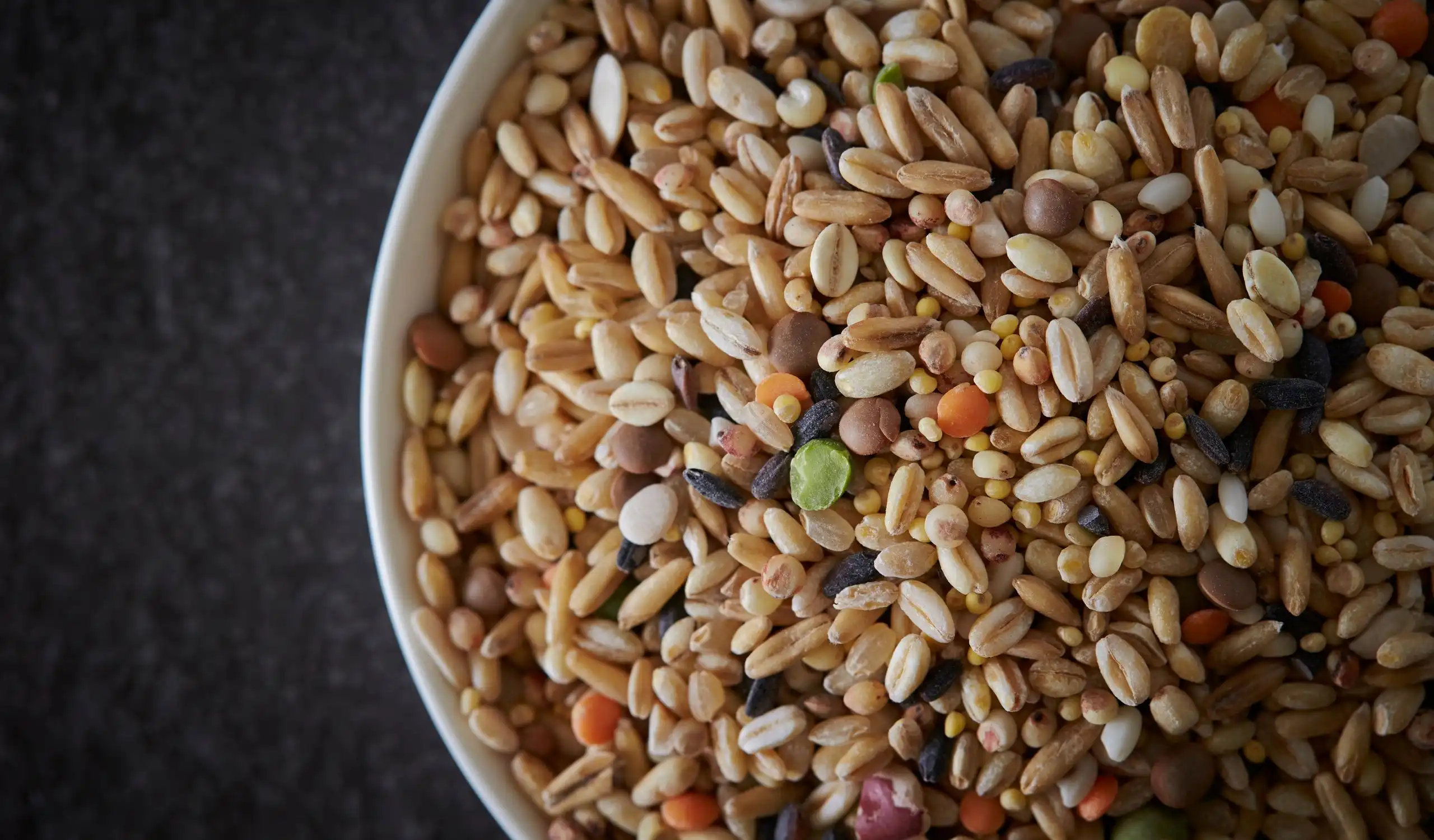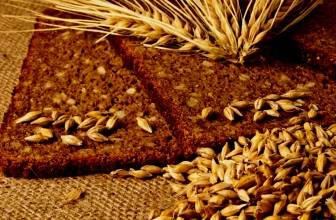How Multigrain Flour is Better than Wheat? Should You Make the Switch?

With time and increasing awareness about organic food options available, most of us are seeking healthy diet sources. The cost is comparatively more, but the health benefits are also more. One of the various items, multigrain flour is high in demand food component in our daily diet recently. Some of us are still doing research to understand the difference between multigrain flour and other flour options available. As there is still some confusion. Let us try to develop some understanding about such healthy components of our daily diet.
Core multigrain flour ingredients are:
- Whole wheat
- Ragi
- Bajra
- Jowar
- Maize
- Barley
- Oats
- Soya bean
- Chana Dal
- Other millets (like foxtail, barnyard, etc.)
You always have the choice to alter these multigrain flour ingredients depending on your taste, food allergies, and availability of the grains.
So for better understanding let’s first try to know a little about grains. What is grain? A grain is a seed harvested from a plant that produces grain, such as wheat or oat. So a whole grain is an entire seed. This whole grain consists of three edible parts, which are further protected by the husk. These parts are:
The bran – the outer layer of the seed, rich in fiber, B vitamins, and antioxidants.
The germ: The germ is the embryo and the innermost layer of the seed. It can potentially sprout into a new plant. The germ contains protein, healthy fat, minerals, and an abundance of B vitamins.
The endosperm: The endosperm is the middle layer, and it makes up the largest part of the seed. The endosperm contains protein, carbohydrates, and a small number of minerals and vitamins.
Precisely, Multigrain flour is different from whole grain flour. Multigrain flour contains various types of grains, which may not be the entire grains. In comparison, Whole grain flour consists of every part of the grain kernel, which mainly includes germ, endosperm, and bran. Therefore, Multigrain flour is made of at least two whole grains, but it usually consists of seven or even more grains. These include barley, oats, wheat, brown rice, and or even seeds. Commonly the seeds included are flaxseed, buckwheat, and quinoa.

Health Benefits of Multigrain Flour
Reduces chronic inflammation
Inflammation is a primary cause of various chronic diseases. There are researches that prove that whole grains help to reduce inflammation. Studies say that people who have an unhealthy diet replaced refined wheat flour with multigrain flour and observed a significant reduction in their inflammatory markers.
Support Cardiac Health
Multigrain flour is rich in dietary fiber, which helps to reduce cholesterol levels in our body and maintains a healthy heart rate. Therefore, Multigrain flour is very essential to support a heart-healthy diet. Multigrain flour consists of grains like Barley, which consists of insoluble fiber. This fiber reduces the risk of developing gallstones, also beta-glucans will lower our cholesterol levels in the body. Multigrain flour supports a healthy heartbeat which is the ultimate factor for a healthy heart.
General Health Support
Nutritionally it contains ragi, which have protein and amino acids like Eleusinian, cysteine, tryptophan, aromatic amino acids, and methionine. Multigrain flour has protein concentration that helps our body to repair and create the tissues which help to keep it healthy.
Supports Healthy Digestion
High in fiber, Multigrain floor helps to maintain a healthy digestive system. It contains high dietary fiber along with bioactive substances, and the multigrain floor is digestion-friendly. The multigrain floor has lactic acid, which promotes the growth of good bacteria in our large intestines. This good bacteria supports digestion. Further, it aids in food absorption and improves body resistance to many diseases.
Weight loss
Rich in dietary fiber, the multigrain floor gives a fuller feeling and controls the appetite. Further, it adds good nutrients to our diet which helps to reach our weight loss goal.
Maintain Blood sugar
It contains grains such as ragi, wheat, jowar, and millet. These grains are highly nutritious compared to the other grains. Millets grains are rich in fiber but low in Glycaemic Index, and carbohydrates are non-starchy and that will help to control our blood sugar levels. Multigrain flour contains an adequate content of complex carbohydrates. These act as energy in our body, without raising blood sugar levels. Also, Millets grains are gluten-free, which is beneficial for people who are suffering from Celiac disease or gluten intolerant.
Should You Make the Switch?
When we consider choosing multigrain flour or bread in our diet, we need to think is Multigrain flour or Bread Good for me?
Keep in mind that a Multigrain bread will contain white flour and also includes grains, which will provide a good amount of fiber for your digestive health. Further, it tends to have a lower glycemic index as compared to white bread. Bear in mind an important factor that the nutritional worth of multigrain bread mainly depends on which grains it contains and whether it is whole grain.
When multigrain bread or flour contains whole grains, it will lower the risk of heart diseases, cancer, stroke as well as diabetes. Multigrain flour helps in healthy weight loss and taking care of your health additionally, so, indeed it is a healthy switch. In daily diet, Multigrain floor Roti is one of the best options if you are seeking a healthy as well as nourishing diet food. Whether we have active health issues or not, it is always better to be careful now so that problems do not occur later, therefore, a healthy choice is always recommended and multigrain flour is one of the best choices.



